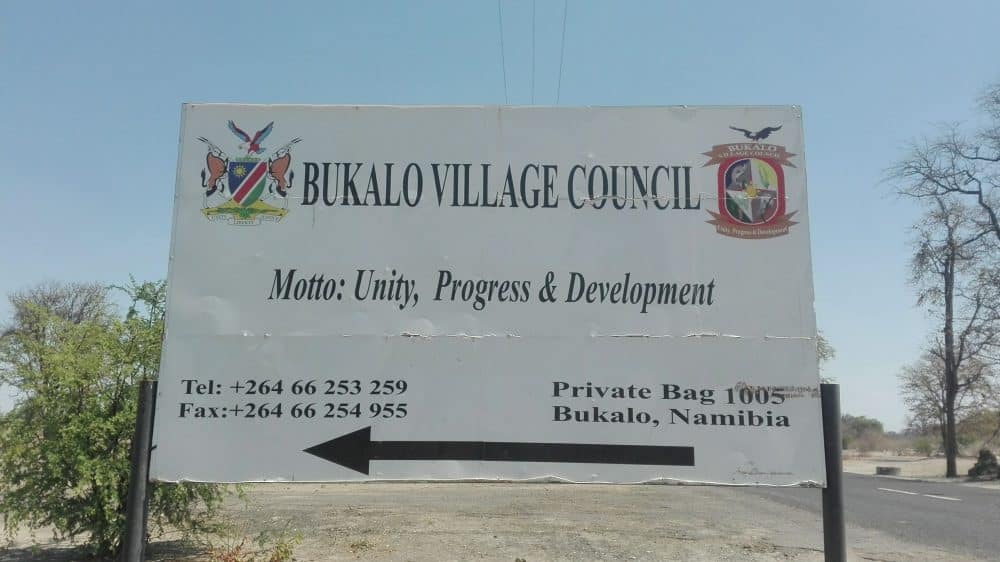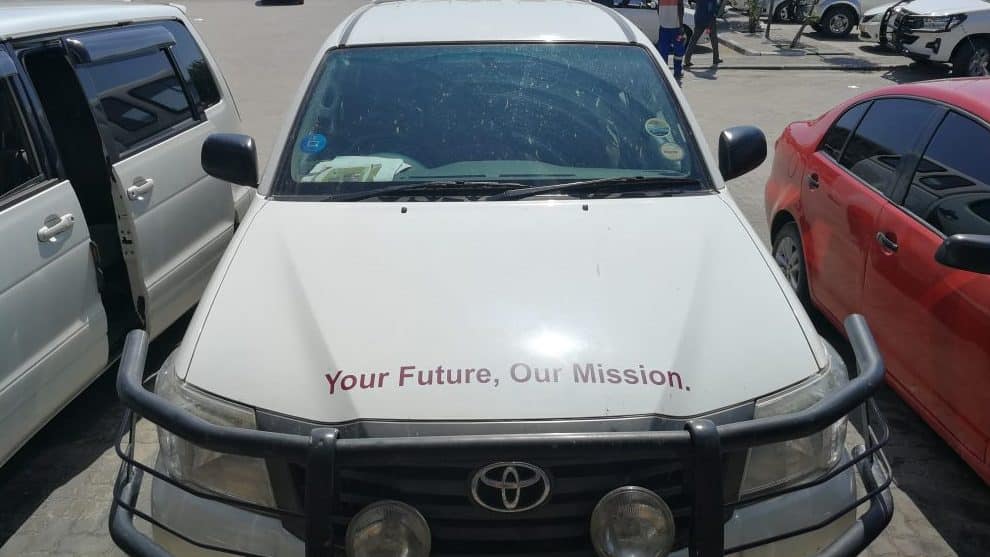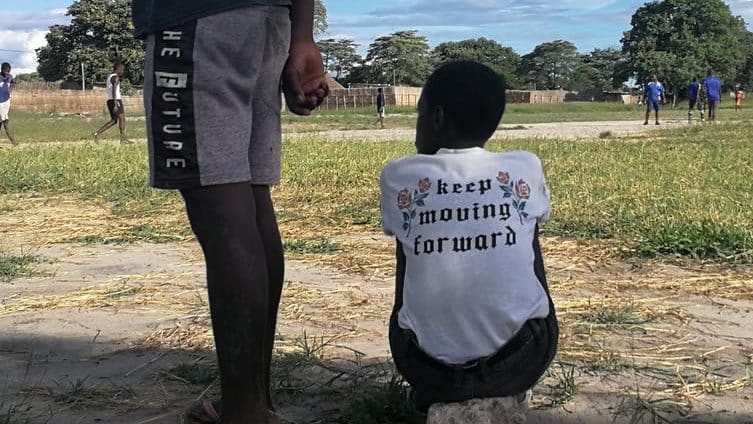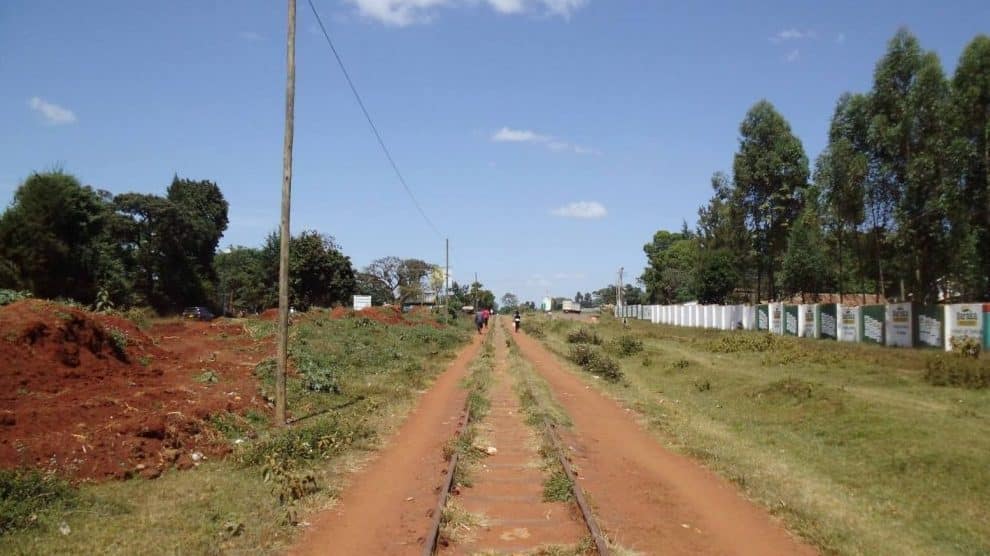Throughout our research in Namibia, we encountered different versions of the idea that there is something peculiar about African perceptions of time. For example, in Otjiwarongo, a farmer of German descent summarized his experience of working closely with his African employees at a remote farm: “Europeans have watches, Africans have time”. Similarly, at a regional meeting of community-based nature-conservation projects in the Zambezi region, an NGO-representative explained: “when you want to start a meeting at nine, people show up at eleven. If not today, then tomorrow. That’s fine, it’s African time. Unlike in the Western world, people don’t plan for the future because they don’t have a winter.”

In sub-project C05 we engage with the question of how temporal frames of reference relate to practices of future making. However, being confronted with stereotypical ascriptions as described above (we call it the #African time topos), we decided to take a step back first and delve into the question of how stereotypical discourses about frames of reference of a particular group of people relate to practices of future making. More specifically, in an upcoming article (Widlok, Knab, and van der Wulp) we are concerned with how the fixed and longstanding topos of #African time influences governmental and non-governmental engagements with the future in southern Africa, and specifically in Namibia. In short, our argument is that citizens’ future visions need to be streamlined so that governments and NGOs can ‘read’ them, and in this process of making future visions readable, actors relate to the #African time topos and thereby reproduce it in the process.
In Seeing like a state (1998), James Scott describes how states need to make their citizens legible (‘readable’) in order to govern them; for example, to collect taxes. In comparing the state to a “map-maker”, Scott primarily focuses on the spatial realm. We demonstrate that there is a similar process taking place with regard to time: citizens, communities, and societies are expected to formulate visions for the future if they want their interests to be ‘read’ by the state, by NGOs, donor agencies, and other powerful agents they interact with. Regarding the motto of the Namibian Social Security Commission (picture 1), one might add, ‘for your vision to become our mission, you need to make it legible first’. This typically means to formulate visions in terms of “progress” and “development” (see picture 3) and in terms that allow them to be implemented according to ‘proper procedures’ of accountancy and project implementation. Moreover, for visions to become readable, they need to be linked to overarching national or international goals, such as the Vision 2030.

For example, the Legal Assistance Center (LAC) is a Namibian NGO striving to enable marginalized Namibians to exercise their rights. Their report Scraping the Pot (LAC and DRFN 2014) aims “to provide a solid basis for future policy, programs, and projects for and with San communities in Namibia” (p. xvi) “to ensure San integration into the mainstream Namibian economy, in line with Vision 2030” (p. 28). In order to provide this basis, LAC asked participants about ‘the future they desired’ (p. 9). It is not coincidental that the San are the target of this report. They show not only the greatest distance to the state (in the sense of being underrepresented in government and institutions of authority); they are also stereotypically said to be concerned about the present and the short-term rather than about the future and the long term. As such, they are further stereotypically associated with a distant past. Accordingly, ‘the San’ have to be made legible as a recognizable group and as having a distinct vision for the future. Statements about the future that NGOs like the LAC have collected systematically in southern Africa are part of an attempt to make indigenous San people legible as ‘the poor’ of the country while at the same time making the country ‘legible’ to all citizens as a collective development effort based on a shared vision of the future.
Hence, such processes of temporal legibility-making require linking different scales of future making practices: individuals may all have their various plans and agendas, but from the state’s perspective they need to be channeled through ‘proper procedures’ and they need to be incorporated into overarching national and international visions. This calls for amplified attention to the temporal aspects of governmentality beyond the much-discussed spatial realm. Therefore, it is time for a temporal turn to supplement the spatial turn in geography and related disciplines. But as our example has shown, it is paramount to differentiate between the multitude of actual temporal frames people employ in practice in various domains of their lives and stereotypical representations such as #African time. Oftentimes, stereotypes on time obfuscate rather than exhibit what is at stake in processes of negotiation about identity and access to economic and political participation in the polity. Attempts to make people legible does not prevent misreading.
Article by sub-project C05.
Partly excerpted from:
Widlok T., Knab J., van der Wulp, C. [forthcoming]. #African time. Making the Future legible. African Studies.
References:
LAC – Legal Assistance Centre; DRFN – Desert Research Foundation of Namibia 2014. “Scraping the Pot”. San in Namibia Two Decades After Independence. Edited by Ute Dieckmann, Maarit Thiem, Erik Dirkx, Jennifer Hays. Windhoek: John Meinert Printing.
Scott, J.C. 1998. Seeing like a State. How Certain Schemes to Improve the Human Condition have Failed. New Haven, London: Yale University Press.






